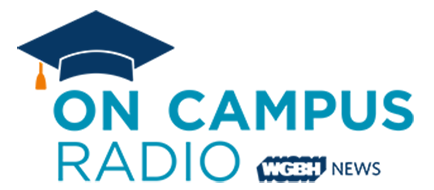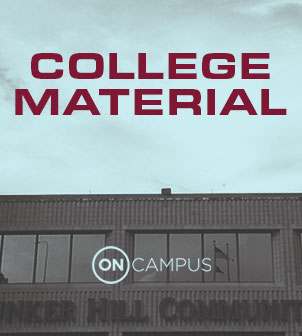confronting cost
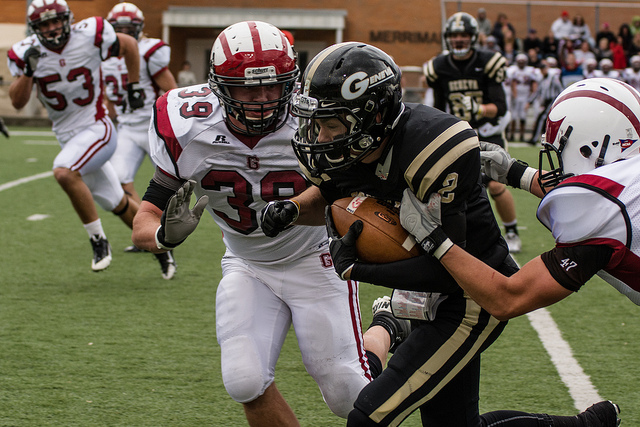
Now that members of the National Collegiate Athletic Association have voted to approve a sweeping, if not radical, proposal giving the five largest athletic conferences “autonomy” to establish new governance rules regarding a compensation pay package for the recruitment of athletes, three very important public policy concerns need to be addressed.
Public discourse around the increasing cost of college and the student debt crisis has reached a feverpitch over the past five years. College and university administrators have responded to these concerns by increasing the amount of financial aid institutions provide to students: the average discount rate is now over 45 percent for private schools. This means that the average private college subsidizes students at a rate of $0.45 for every dollar of tuition it receives.

Schools give two types of scholarships: need-based scholarships that go to the lowest-income students, and merit scholarships that go to the smartest students. A report from the New America Foundation finds schools are increasingly using their money on merit scholarships. Steven Burd authored the report, and he says this trend means more money is going to those who need it the least.

In what it calls “an elaborate shell game,” universities and colleges are shifting their financial aid from low-income students to high-income ones to bolster their prestige and raise them up the rankings, a new report says.
Meanwhile, according to the report by the nonprofit, nonpartisan New America Foundation, universities are leaving their poorest families to vie for a piece of billions of dollars in taxpayer-funded Pell Grants.
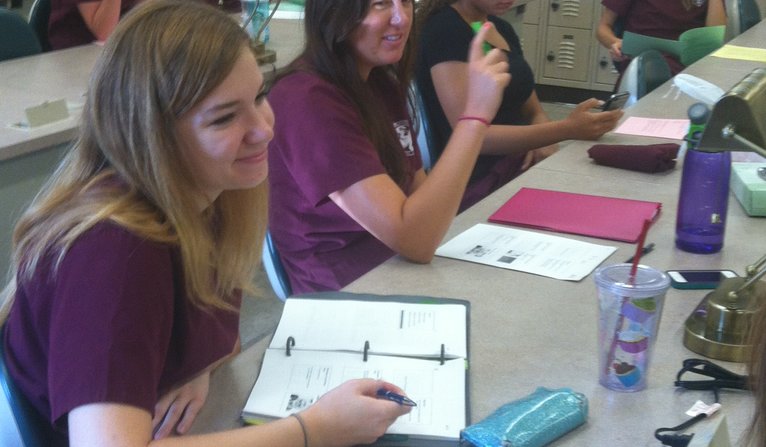
As families pack the 18-year-olds off for college right about now, they've hopefully confronted the cost of tuition, room and board, and health care. Then there's the cost of textbooks. One estimate figures the average is $600 for books and materials per year, another estimate runs twice that. Some students save money by renting or buying used textbooks. Others, given the cost, don't get the books at all.

____________________________________________________
Earlier this month, the U.S. Education Department froze funding to Corinthian Colleges, one of the country's biggest for-profit higher education institutions, for reporting inaccurate job placement and graduation figures. Critics have long argued the for-profit industry misuses federal aid money at the expense of students and taxpayers. WGBH's On Campus took a closer look at the numbers.

In Washington D.C. this week, House lawmakers advanced a bill that could make it easier for students and families to manage debt by combining four college tax benefits into a single one. The idea, supporters say, is to reduce some of the confusion that exists around paying for college. Despite current tax credits, student loan debt in the United States has skyrocketed over $1 trillion.

____________________________________________________
A new report out this week from the Brookings Institution looks at more than two decades of financial data, specifically how Americans are paying for higher education. The report finds the student debt crisis that we've all been hearing about isn't actually as bad as the public – and the media – often makes it out to be. WGBH’s Kirk Carapezza sat down with Beth Akers, a co-author of the report, to talk about the controversial findings.
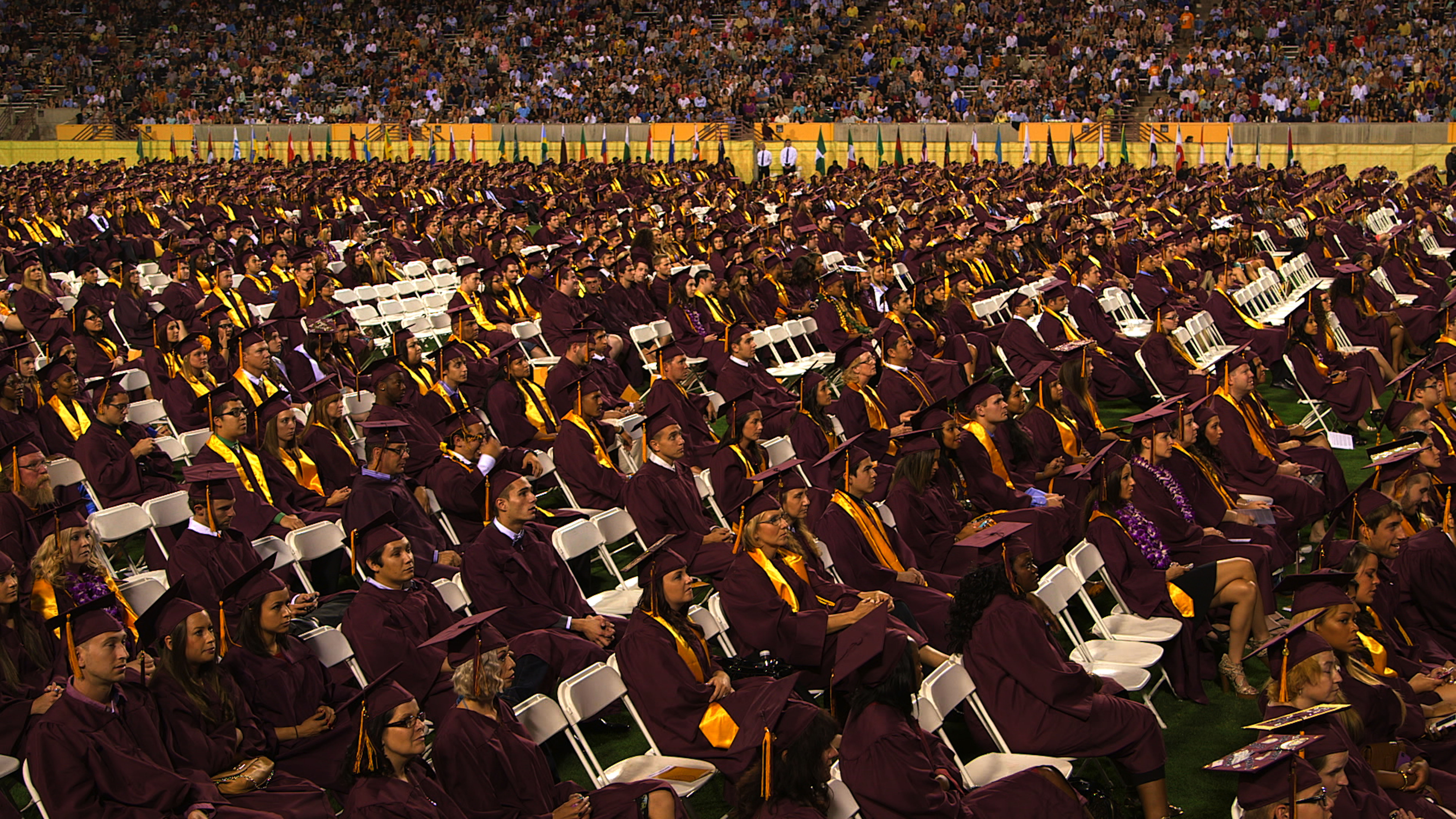
____________________________________________________
The documentary film Ivory Tower, which opens in Boston on Friday, explores the much-debated question of whether the cost of college is worth it. On Campus spoke with the director Andrew Rossi.

It's eight in the morning, and Debra Zhang is heading to work. She grabs her keys and umbrella, slips on her shoes, and steps on to Boylston Street in Boston's Fenway neighborhood.
Zhang is one of the more than 800,000 international students that attended American colleges and universities last year -- more than 46,000 of them in Massachusetts. And schools are expecting a spike this fall. This trend has implications both for international and domestic students.

